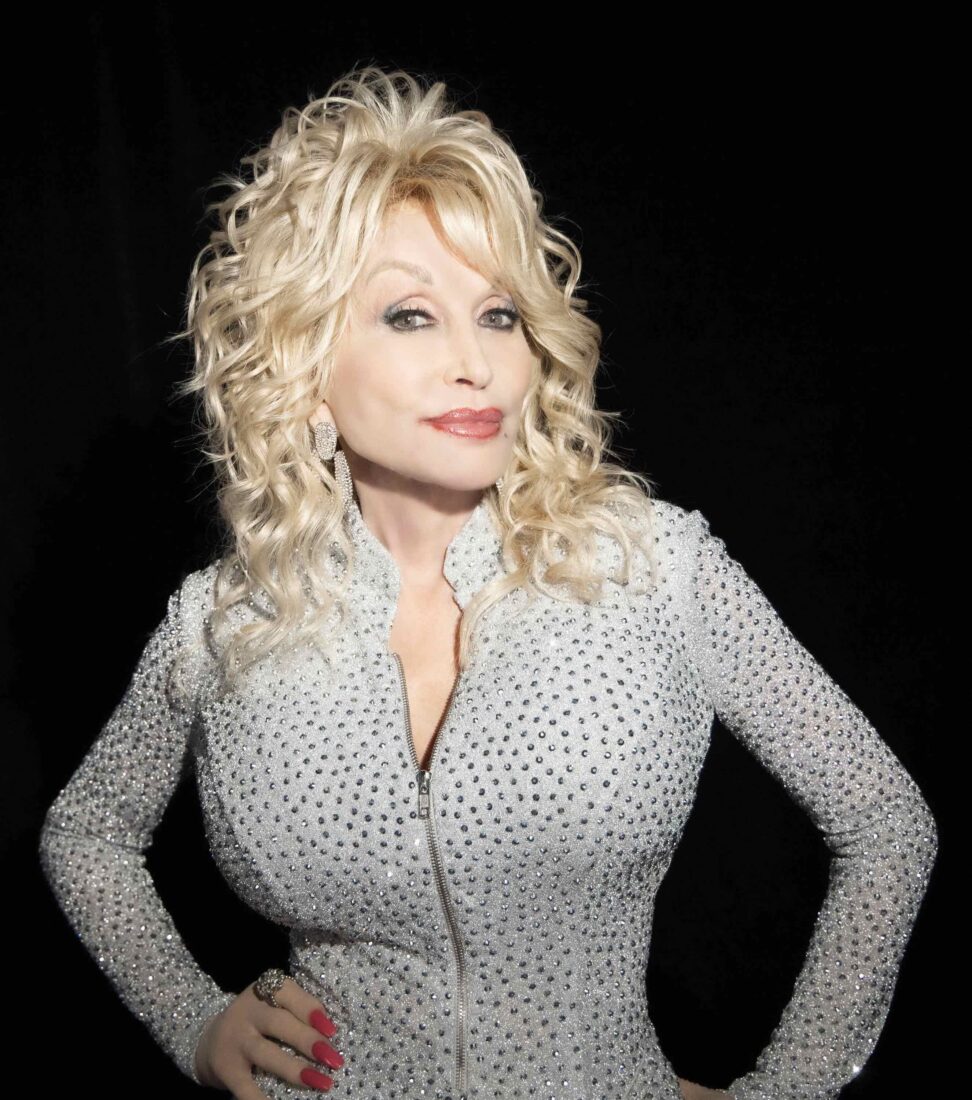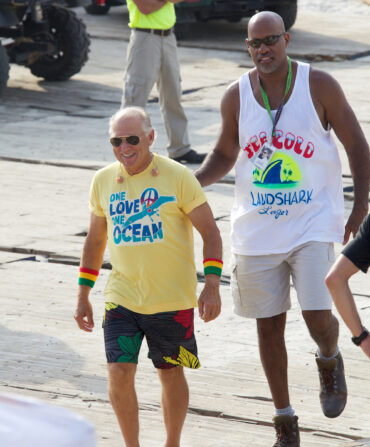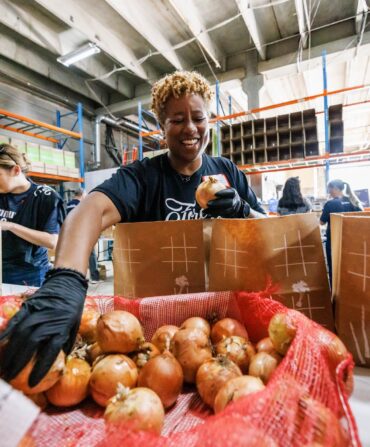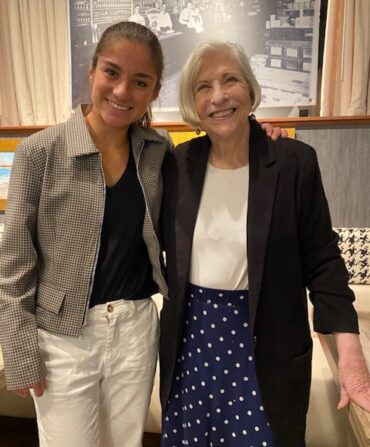Did the world need a coffee table book devoted to Dolly Parton’s wardrobe? Undoubtedly, but considering how important fashion has been to the country icon’s larger-than-life image, perhaps the sensible question is whether we need sturdier coffee tables. (Especially if wigs are factored into the equation.) To love Parton is to know she loves to turn heads.

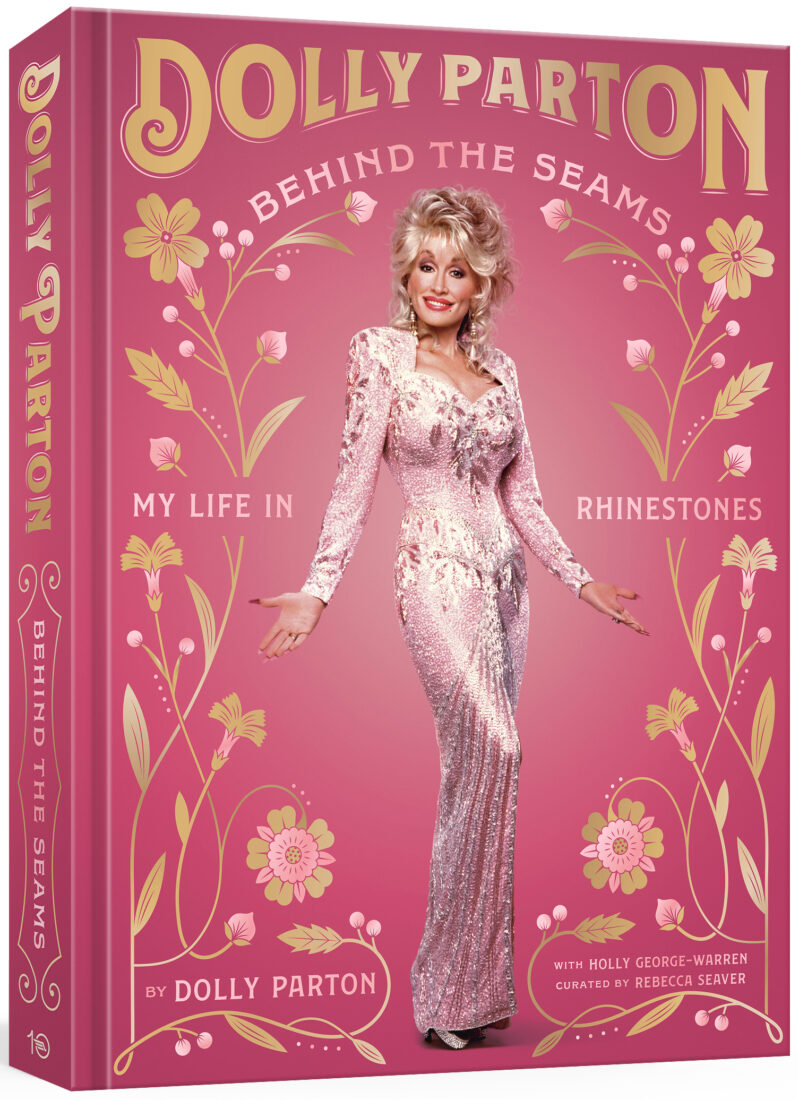
Behind the Seams: My Life in Rhinestones gorgeously documents the evolution of Parton’s look over the course of her multifaceted career. Helping Parton contextualize all the glam, glitz, and bedazzled fun is noted music and fashion writer Holly George-Warren, who agreed to give us an even deeper peek into Parton’s huge closet.
Parton has been beloved for so long, it’s easy to forget that her style choices weren’t always celebrated.
She had to fight for the way she wanted to look! Even as a kid in rural East Tennessee, her grandfather was an evangelical preacher who didn’t believe in women wearing makeup or getting gussied up. Dolly had to sneak around to show off her fabulous teenage figure. In the book she says, “I’d be willing to get my ass whupped for it.” When she moved to Nashville, record company executives also told her to tone down her look, that people wouldn’t take her seriously. But she was always comfortable with the way she looked.
She told you she doesn’t care about trends. Do you think that’s true?
The thing with Dolly is that she’s very into theme dressing. If she records a bluegrass album, she’s going to look like that. When she appears on Austin City Limits, she’ll dress more cowgirl, even though that’s not really her thing. More than trends, themes are her style.
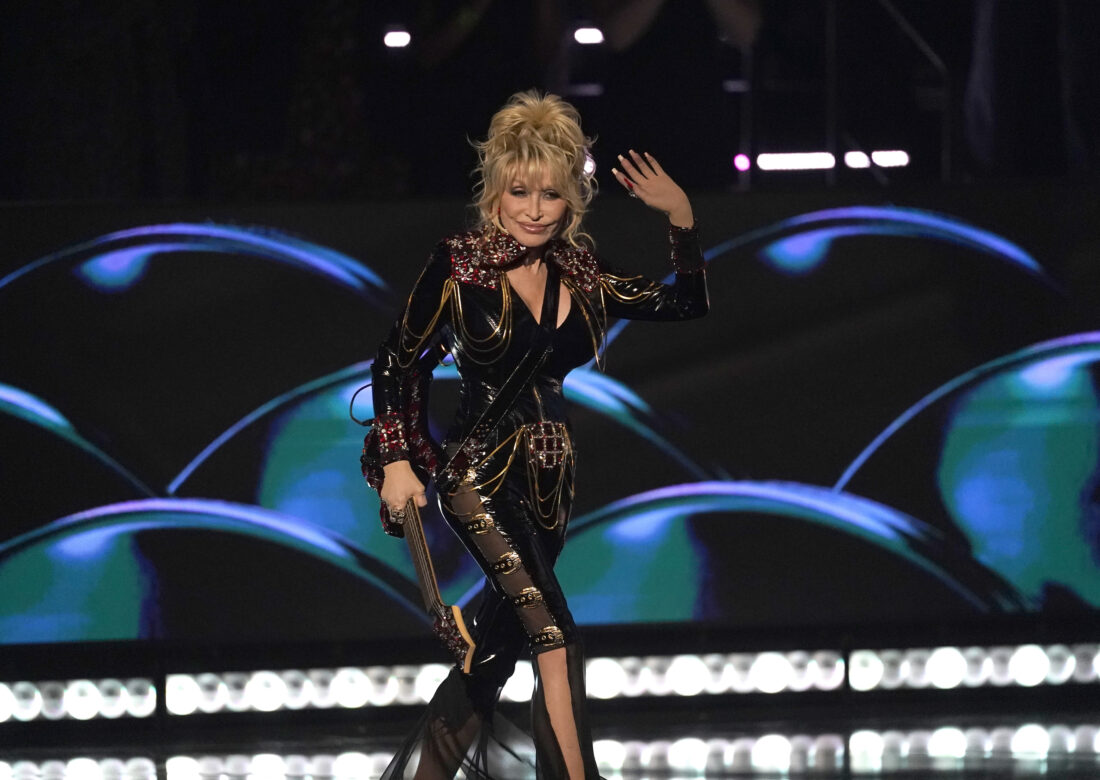
Her style has gone through some different eras, though.
She’s definitely changed over the years. She was eighteen when she moved to Nashville, and now she’s turning seventy-eight. In the late 1980s, she was high glamour. In the 1990s she was doing back-to-roots bluegrass and wearing more denim. When she got inducted into the Rock & Roll Hall of Fame last year, she was in leather and studs inspired by Elvis. I saw her in Nashville recently, and she was wearing an outfit like punk rockers with spikes and cutaways. The looks change, but it’s about where her art is taking her.
What has been her relationship with designers?
All of them, bar none, rave about how great Dolly is to work with—they tear up talking about how gracious she is. She doesn’t have a diva bone in her body. One designer told me that Dolly never complained even when she was wearing a costume made with foil for a shoot in Death Valley. And in return, Dolly feels very grateful to work with amazing designers who can help her realize these fantasies.
What does a designer need to understand to dress Parton?
Well, as your eye tells you, she has a unique figure. Her clothing has to be custom made. Her creative director, Steve Summers, puts together many, many custom outfits for her, but sometimes might sneak in leggings from the children’s department at Target.
Looking through this particular lens, what was something you learned about Parton?
I saw how empowering it was for her to present herself in this über-femme way in that man’s man’s world that was country music. That gave her the gumption also to stand up for her songwriting and her music. I’d never realized just how intrinsic the image she created was to her art.
Did you visit her wardrobe archives?
Oh yes, I’m still pinching myself! It’s a large, very well-organized space in Tennessee, with trained archivists keeping her clothing and possessions in perfect condition. I got to walk around and see all the clothes I’ve ogled on album covers and on screen. To see it all together was nuts.
Lead us through that archive a bit. Can we start with one of her famous jumpsuits from the 1970s?
This is one of Dolly’s most iconic jumpsuits, made by one of her first custom designers, Lucy Adams. Lucy was in the audience for a taping of The Porter Wagoner Show and afterward told Dolly that she did sewing. Together they came up with the jumpsuits. You can see it’s made of stretchy polyester, which was good for moving around on stage. Dolly loved that it doesn’t have a belt, so it made her look taller. She also said that by wearing jumpsuits instead of skirts, she didn’t give people in the front rows a free look.

What about this costume from the movie 9 to 5?
I think it’s a really important garment. What’s cool is that Dolly never really got into Western themes, but it’s from the great scene of her roping her sexist boss. It was her first movie in 1980, and she’d never worked with a movie costume designer. She lucked out because she worked with Ann Roth, who is a force of nature. When Dolly recorded the movie’s theme song, she recruited Roth and other real working women to sing the chorus.
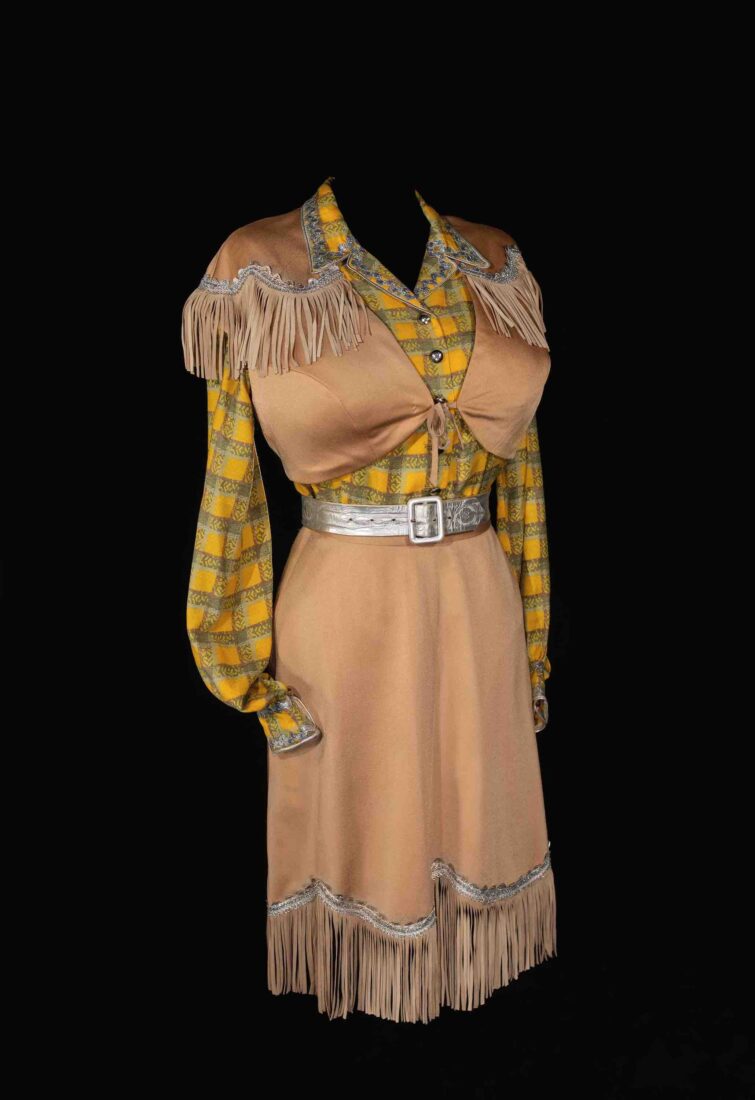
Let’s finish up with this knockout number in white.This dress was designed by Dolly’s most glitzy, glammy designer, Tony Chase, who was the designer for her TV variety show in the 1980s. A lot of his outfits for her have a Mae-West-meets-Marilyn-Monroe vibe. The workmanship that goes into that—it has to be done by hand. Dolly wore this on the cover of her 1989 album White Limozeen. Dolly loved pink and red early in her career, but her secret favorite color is white because she loves its angelic, spiritual quality.
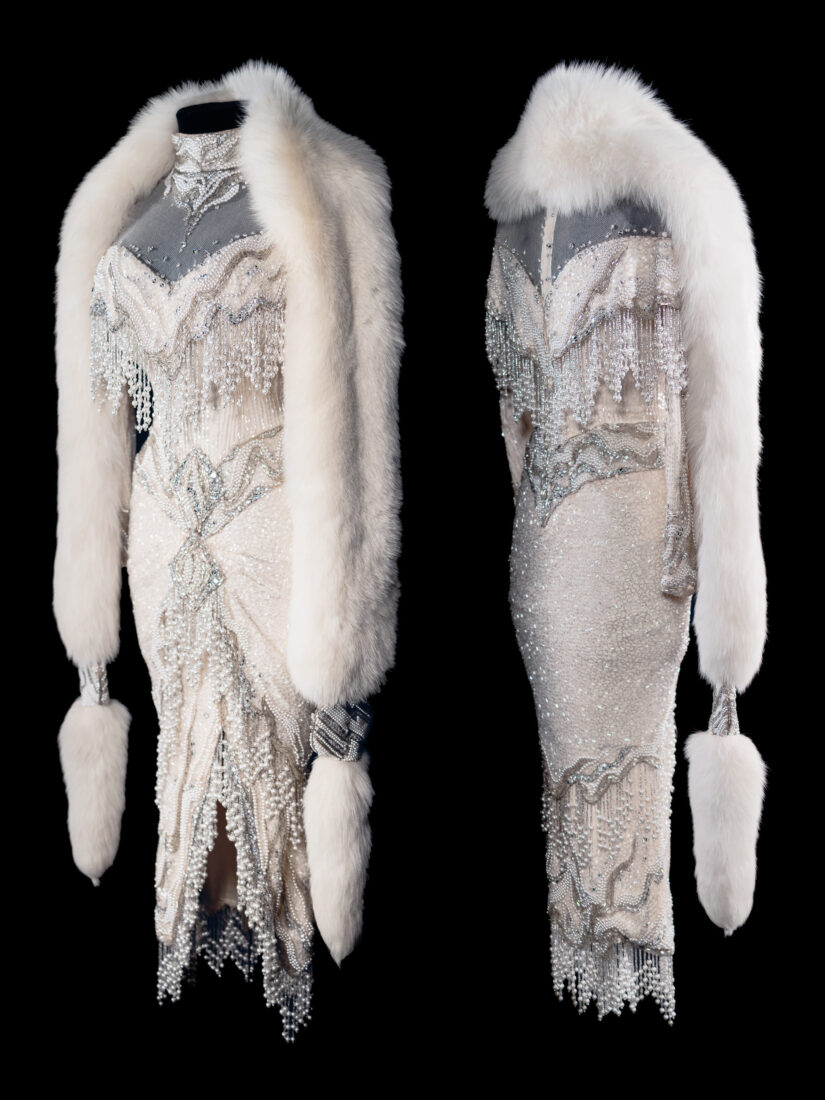
Garden & Gun has an affiliate partnership with bookshop.org and may receive a portion of sales when a reader clicks to buy a book.

